News and Commentary. The Drone Integration and Zoning Act (S.1249), currently under consideration in the U.S. Senate, is raising significant concerns across the commercial drone industry. The bill – another reboot of the Drone Federalism Act first introduced in 2017, and the bill of the same name first introduced in 2019 – would fundamentally shift the regulatory landscape for low-altitude drone operations by granting states, localities, and tribal governments broad authority over the airspace up to 200 feet above ground level. As the industry prepares for widespread Beyond Visual Line of Sight (BVLOS) operations, S.1249 threatens to create a fragmented regulatory environment that could stifle innovation and interstate commerce.
What S.1249 Would Do
S.1249 proposes several major changes to the current regulatory framework. Most notably, it establishes 200 feet above ground level as the threshold for state, local, and tribal authority. Below this altitude, these entities could regulate drone operations, including zoning for takeoff and landing, time-of-day restrictions, and no-fly zones. The bill explicitly prohibits drone operations in the immediate airspace above private property below 200 feet without the landowner’s permission, effectively granting property owners control over this portion of the airspace. It also prohibits drone operations within 50 feet vertically or 200 feet laterally of structures over 200 feet tall without the owner’s permission, adding operational complexity in urban and industrial environments.
S.1249 requires the FAA to update its definition of “navigable airspace” and limits the agency’s authority below 200 feet, except for certain designated commercial routes, which themselves cannot include airspace below 200 feet. The bill further requires the FAA to create a process for state, local, and tribal governments to apply for designation of “complex airspace” and to establish zoning for takeoff and landing zones. Finally, S.1249 mandates that the FAA establish data-sharing processes between federal, state, local, tribal, and private UAS Traffic Management (UTM) services.
Why S.1249 Is Problematic for the Drone Industry
The commercial drone industry is on the verge of a new era, with the FAA’s anticipated Part 108 rule set to standardize BVLOS operations for applications such as long-range delivery, infrastructure inspection, and emergency response. S.1249’s approach directly conflicts with these advancements and raises several concerns.
Former FAA Administrator Michael Huerta warned early on that allowing individual state, tribal, or territorial regulations would create a “patchwork quilt” of rules, making it extremely difficult for drone service providers to operate across state lines. This concern is even more pressing as BVLOS operations become more common and essential for longer-range applications. Linear infrastructure inspections, such as those for railways and pipelines, and drone delivery corridors would be forced to navigate a maze of local rules, requiring permissions from every property owner and compliance with varying restrictions at each jurisdictional boundary. This could render many long-distance operations impractical or economically unfeasible.
The bill’s property rights focus introduces significant operational inefficiencies and legal risks. Compliance costs would rise, especially for small businesses, and safety could be compromised as drones are forced into higher, more congested airspace to avoid local restrictions. The FAA’s 2024 Reauthorization Act emphasized the need for centralized oversight to prevent conflicting rules, but S.1249 fractures this approach, undermining the federal government’s ability to ensure consistent safety and operational standards nationwide.
Unresolved Conflicts and Industry Implications
S.1249 fails to address several critical issues that could have far-reaching consequences for the drone industry:
-
The FAA’s operational ceiling for drones is 400 feet, but S.1249’s 200-foot threshold creates a regulatory gray area.
-
Restrictions on drone photography and overflight could clash with free speech and press rights.
-
States and localities could enact conflicting rules, undermining the scalability and reliability of drone services.
As the drone industry moves toward routine BVLOS operations and national-scale applications, S.1249’s fragmented approach risks grounding progress before it can take flight. Industry stakeholders continue to advocate for federal preemption below 400 feet, aligning with the FAA’s UAS traffic management framework and supporting the safe, efficient integration of drones into the national airspace.
With billions in economic value and public safety benefits at stake, the debate over S.1249 could shape the future of U.S. drone operations for years to come.
Read more:

Miriam McNabb is the Editor-in-Chief of DRONELIFE and CEO of JobForDrones, a professional drone services marketplace, and a fascinated observer of the emerging drone industry and the regulatory environment for drones. Miriam has penned over 3,000 articles focused on the commercial drone space and is an international speaker and recognized figure in the industry. Miriam has a degree from the University of Chicago and over 20 years of experience in high tech sales and marketing for new technologies.
For drone industry consulting or writing, Email Miriam.
TWITTER:@spaldingbarker
Subscribe to DroneLife here.

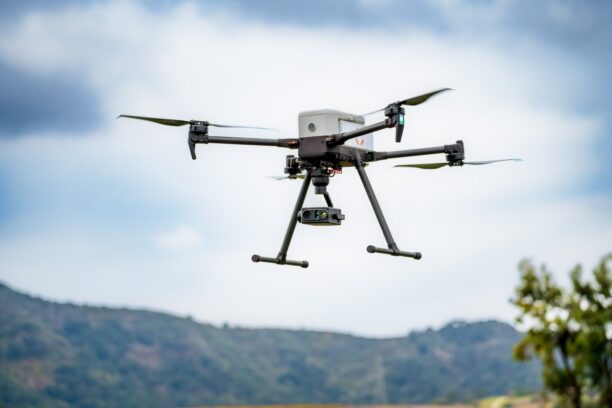
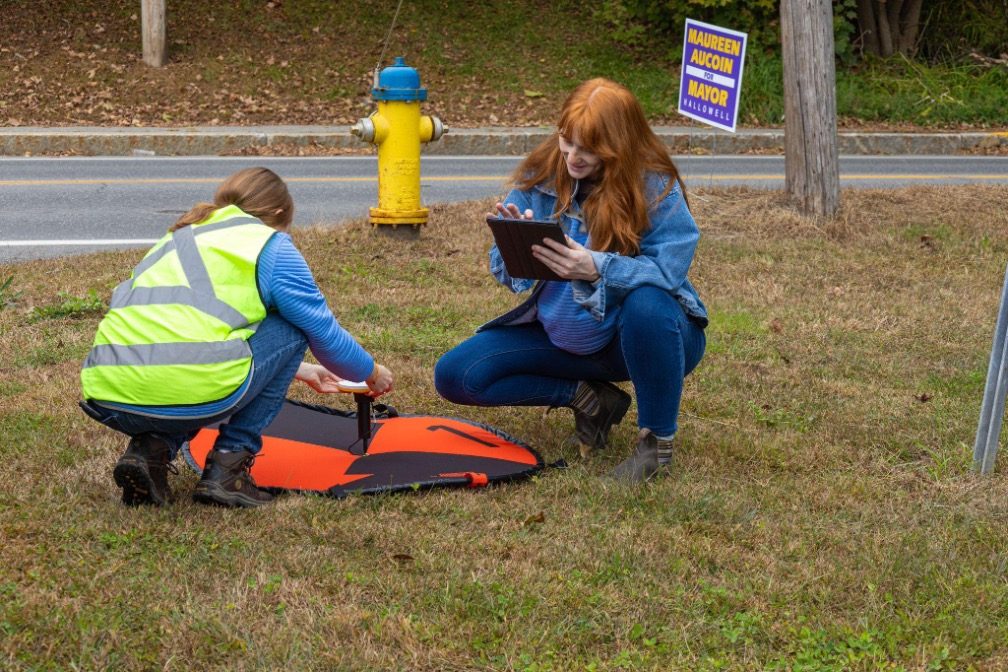
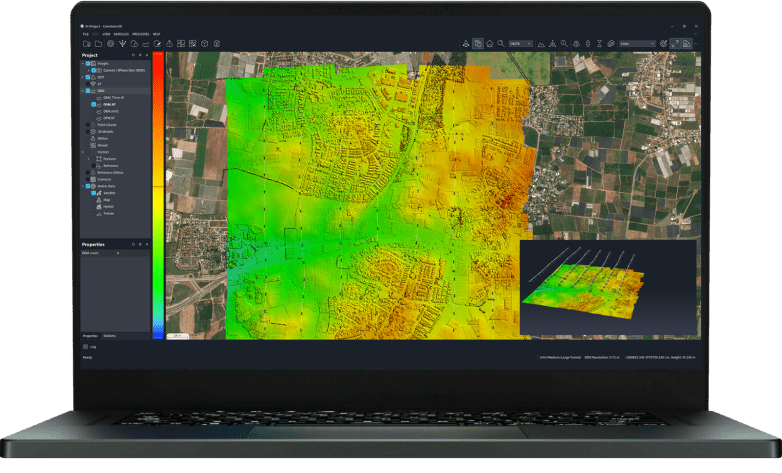
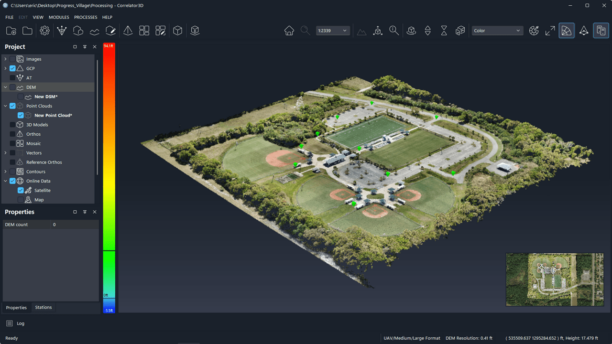
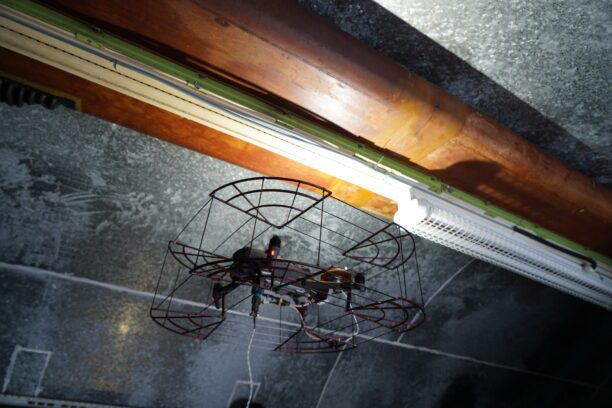
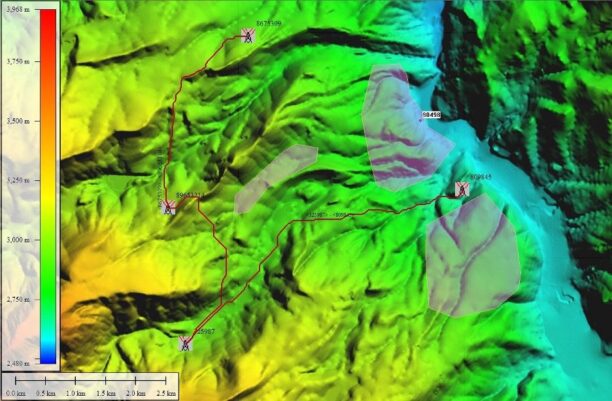
Leave a Reply